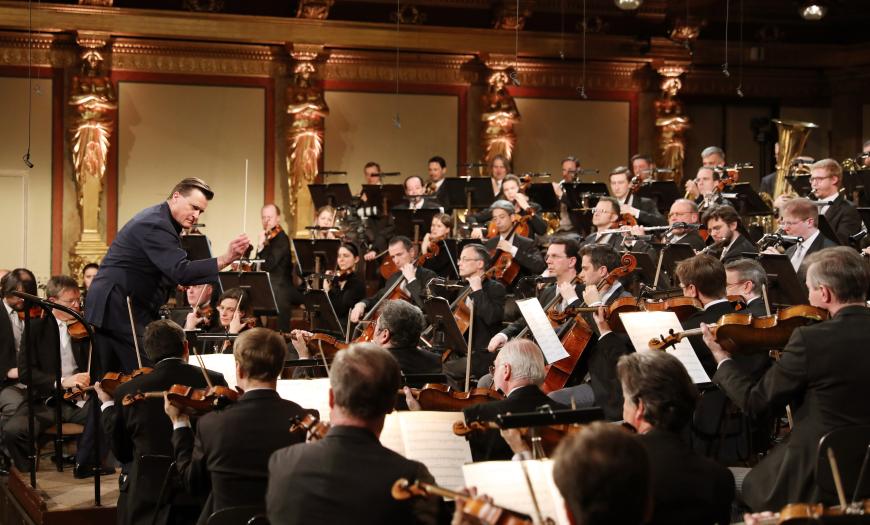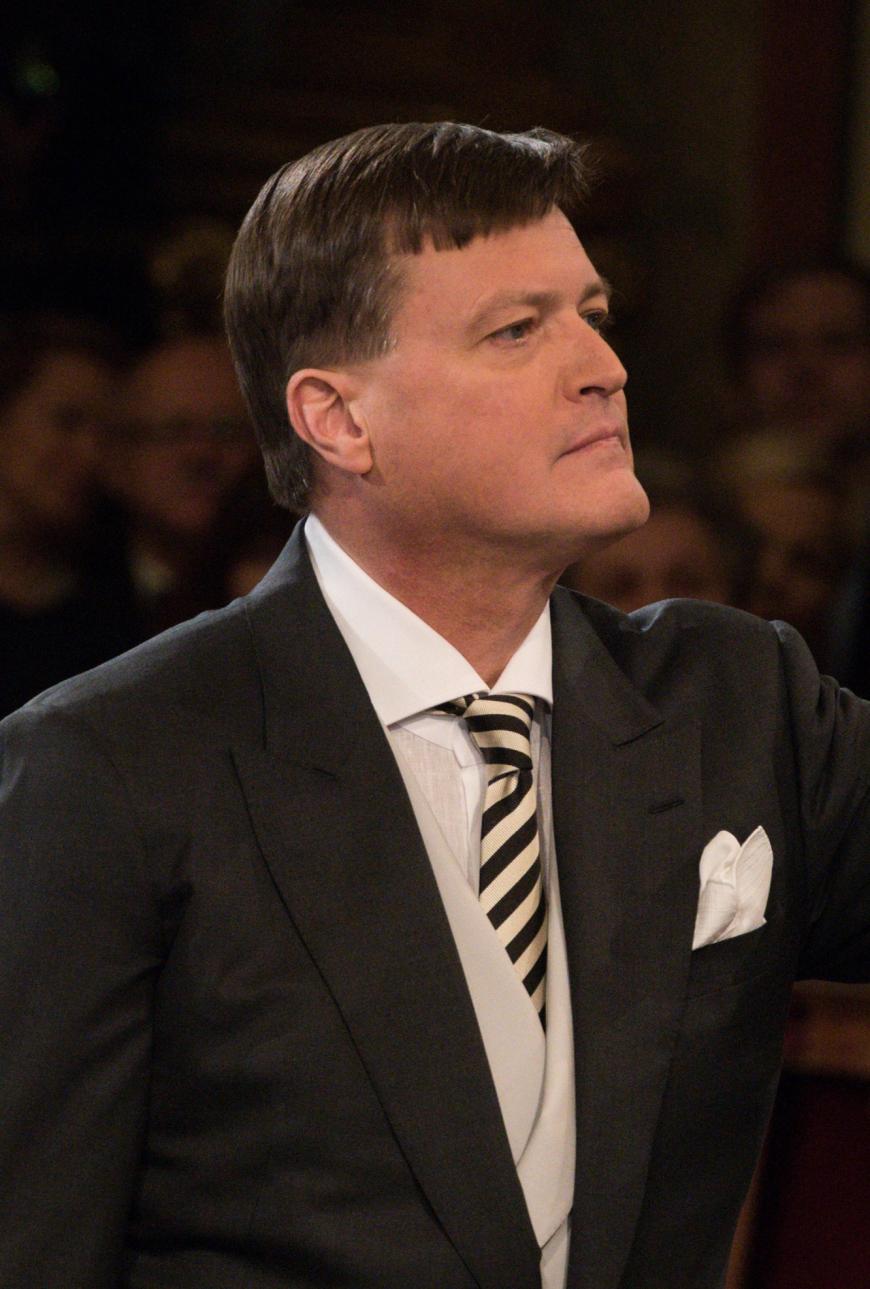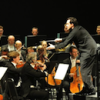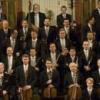
The Vienna Philharmonic Orchestra, led by its principal conductor, Christian Thielemann, came to Zellerbach Hall in Berkeley last week for three nights of concerts sponsored by Cal Performances. The programs included five composers from the orchestra’s core German-Austrian repertoire, music dating from the 1830s to the 1910s. The concert on Wednesday, March 8 featured the two most conservative and classically oriented of the five: Felix Mendelssohn, represented by two Scottish scene-painting works, his Hebrides overture and Third Symphony (“Scottish”), and Johannes Brahms, on the program with a pastoral landscape from the interior of his mind, his Second Symphony.
The orchestra has more women in its numbers than it did when it was last here, nine years ago, but it is still an overwhelmingly male ensemble. The distinctive Vienna sound has also not changed much. Its outstanding feature is the intense layering of the strings. Each section has its own distinct, characteristic tone, and each can be heard clearly, whether in a leading or supporting role. When the first violins have the melody, comments and supporting lines from the other sections stand out also, down to quiet pizzicato notes from the cellos and double basses. When the violas or cellos have the principal line, a countermelody in the first violins sits like a creamy sheen on top.

The winds, by contrast, do not stand out individually. Despite the disparity in the instruments’ tones, in Vienna they merge together into a single sonic entity, one of buttery smoothness, devoid of the slight roughness heard in the lower strings. Only the horns detach themselves from the collective sound, but their contributions are as smooth as the others.
Appropriately, then, the heavy brass blended into the whole almost imperceptibly on Wednesday. This is strikingly unusual because in most ensembles that section stands out glaringly. (The Mendelssohn pieces each call for two trumpets, and Brahms adds three trombones and a tuba, but it was possible to overlook these instruments until the players stood up for a bow.) Though that restraint would be in keeping with the orchestra’s overall smooth and delicate sound, it may also have been partly the responsibility of Zellerbach’s dicey acoustics.
The acoustics were surely responsible for a dull and clanky tone from the timpani and perhaps also for its sounding off-kilter. This made the scherzo in the “Scottish” Symphony appear choppy and disorganized, not a typical failing in Vienna. In general, the developments, particularly in the Mendelssohn pieces, were controlled and precise; a contrapuntal passage in the finale of the “Scottish” was particularly amazing in its meticulousness.

The developments were also very fast. Thielemann seemed to employ just two tempos in this repertoire: For the expositions and anything quiet, the speed was slow and cautious, but whenever the music got exciting, he would speed up like a mad thing, employing accelerandos sometimes comic in their ferocity. The contrast was more extreme in Mendelssohn than in Brahms. Brahms puts fewer clear changes of mood in his writing, and perhaps his music is simply less malleable.
While Thielemann’s fast sections were as vehement as the generally mellow Vienna sound would allow, he attempted equal extremity in quiet and slow moments. Occasionally he would crouch down at the podium, almost motionless except for waggling his hand in an effort to draw the most tender possible sound from the first violins. When he tried this again in a quiet passage of the encore, Eduard Strauss’s lively fast polka Mit Extrapost, the incongruousness of the attempt aroused laughter from the audience.
The works in these performances were transcendent in certain sonic moments but not as whole entities. The Brahms symphony, the composer’s most lyrical, should invite the listener to bask in its relaxed lyricism. This rendition didn’t do that; it proceeded unemotionally through its paces. The Mendelssohn works were more incisive, due in part to the active switching of tempos, but without a vehement crispness of rhythm in the gentle expositions, they did not feel imbued with the Scottish flavor that some performances achieve.
Whatever the artistic merits of this interpretive approach, it pleased the audience. Though Mendelssohn instructed the movements of the “Scottish” Symphony to be performed without breaks, possibly in an attempt to preempt the intercalary applause common in his day, the Zellerbach crowd applauded after each of the first two movements. Thielemann prevented it after the third by keeping his hand held out as he prepared to start the finale.
There was no applause between the movements of the less flashy Brahms, but as the final work on the program, it earned a standing ovation at the end. The Viennese had again shown their expertise at the technical rendition of their native music.



